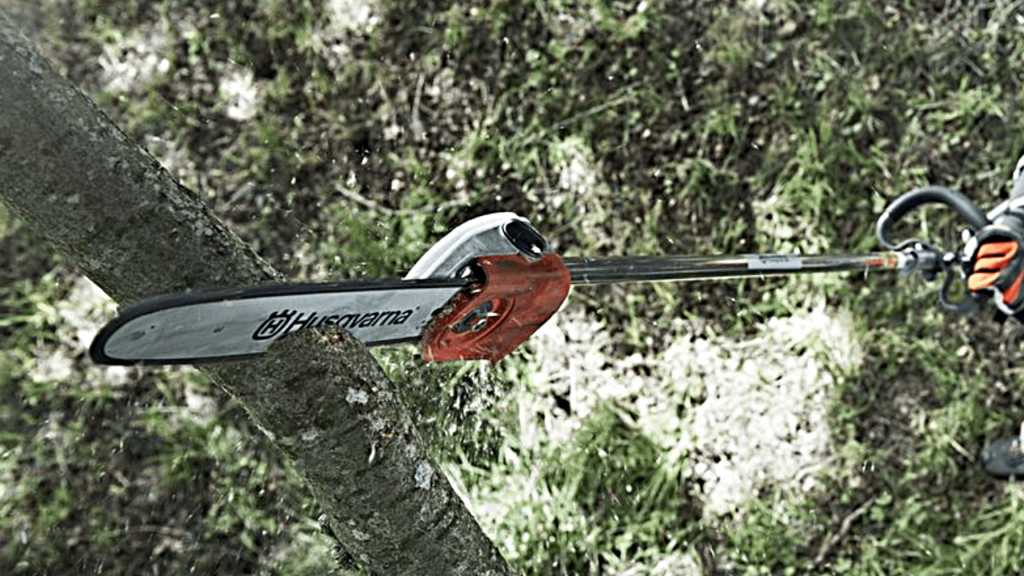When it comes to maintaining a pristine garden or yard, having the right tools at your disposal can make all the difference. One such essential tool is the pole saw, a unique combination of a chainsaw and an extendable pole designed to make tree pruning safer and more accessible. Whether you’re trimming back branches to maintain the health of your trees or clearing away limbs after a storm, understanding the differences between corded and cordless pole saws can help you choose the right one for your needs.
Understanding Pole Saws
Pole saws merge the cutting power of a chainsaw with the reach of an extending pole, offering a safer alternative to climbing ladders. Most pole saws can extend between 6 to 10 feet, granting an average-sized person up to 15 feet of reach. This design not only promotes safety by keeping your feet on the ground but also allows for the cutting of sizeable limbs with an 8″ to 10″ chain bar.
The Case for Corded Pole Saws

Corded pole saws draw power from a standard home wall outlet, necessitating the use of extension cords for optimal mobility. They are known for their affordability and lighter weight, compared to their cordless counterparts. The main advantages include:
- Nearly endless supply of power
- Relatively inexpensive
- Lighter weight
However, their dependence on being near a power outlet and the need for extension cords limit their mobility. Despite these constraints, the endless power supply and affordability make corded pole saws a viable option for those with accessible power sources and smaller yards. For in-depth lawn care insights, explore Lawn Care Tips.
Advantages of Cordless Pole Saws
Cordless pole saws are powered by lithium-ion batteries, offering the freedom to prune anywhere on your property without the hassle of cords. They are equipped with powerful motors that can handle tough limbs effortlessly. Their main benefits include:
- Exceptional mobility
- Long-lasting lithium-ion batteries
- Powerful motor options
The trade-offs include limited battery runtime and a higher price point due to the cost of batteries. Nevertheless, the mobility and convenience of cordless pole saws often outweigh these disadvantages, especially for larger properties or areas far from power sources. For those interested in other gardening tools, check out Lawn Mowers and Tractors.
Considerations on Cost
When purchasing a pole saw, the price is a significant factor. Corded pole saws are generally less expensive, as they do not include the cost of batteries, which can account for about half the price of cordless models. However, investing in a cordless pole saw means you can often use the same battery across multiple tools from the same manufacturer, adding value to your purchase. For budget-conscious shoppers, learning about the Best Electric Pressure Washers can also be beneficial.
Choosing Between Corded and Cordless
The decision ultimately comes down to personal preference and specific needs. For those prioritizing mobility and the ability to work anywhere in the yard, cordless pole saws are the clear winner. Their freedom of movement and compatibility with other tools make them a versatile choice for any gardener. However, for smaller yards or areas close to power sources, the affordability and endless power of corded pole saws cannot be overlooked.
For more gardening insights, such as Why Does My Mulching Mower Leave Clumps of Grass?, Pros and Cons of Mulching Leaves, Do Mulching Blades Work on Leaves?, and Can a Reel Mower Cut Tall Grass?, visit our website.
In conclusion, whether you lean towards the corded or cordless pole saw, each has its set of advantages that cater to different gardening needs. By considering factors such as mobility, cost, and the size of your property, you can select the pole saw that best suits your requirements, ensuring that your garden remains a well-maintained oasis.

